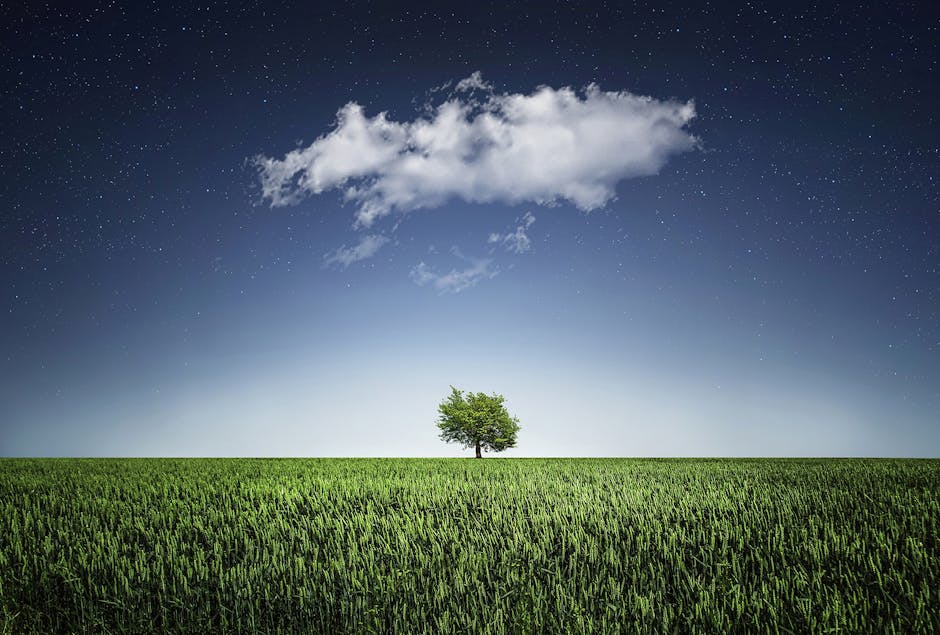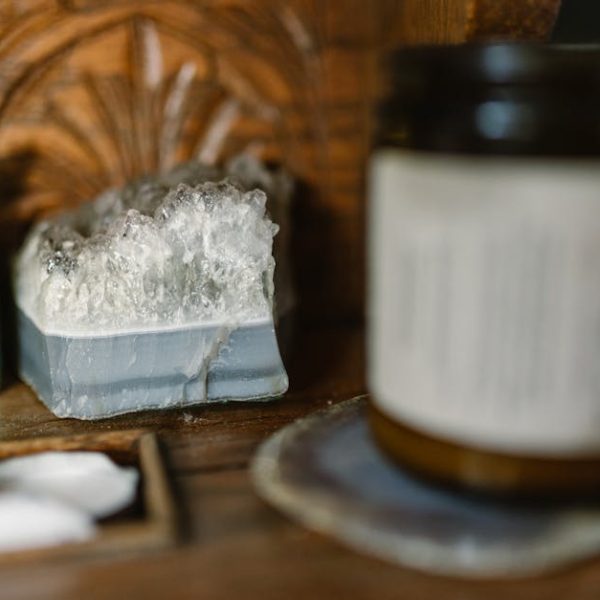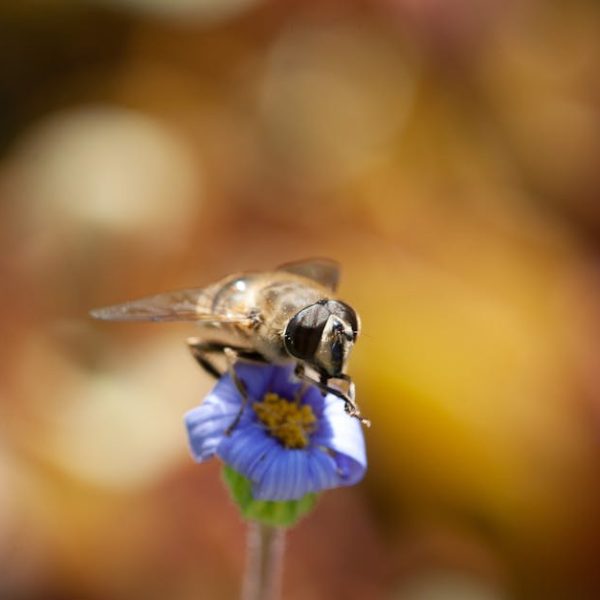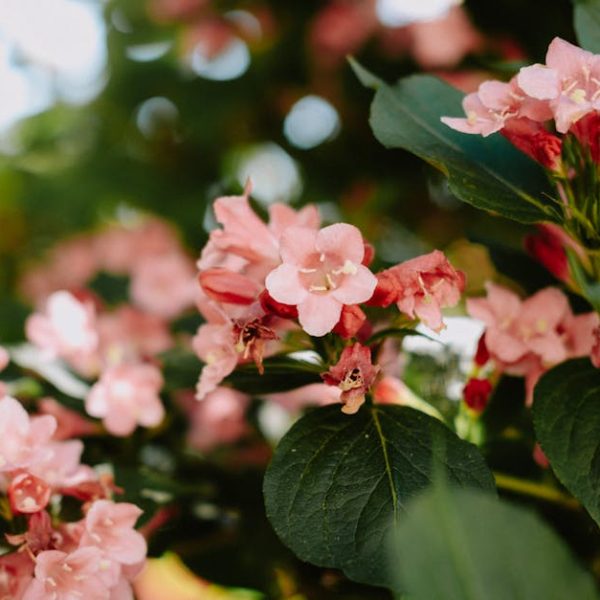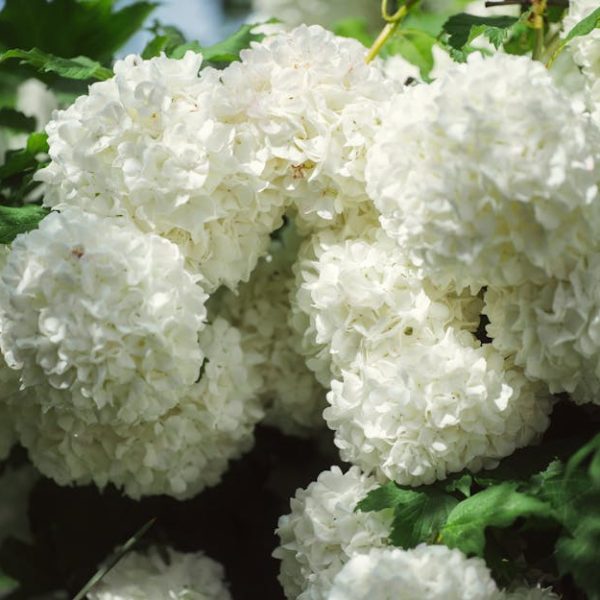With an increase in urban living and smaller residential spaces, finding the perfect tree to enhance a small yard becomes a significant part of landscaping. Choosing the right-sized trees is crucial to not only maintaining room for growth but also preserving the overall aesthetic appeal. This curated selection of 14 perfectly-sized trees will help you make a smart, enchanting addition to your diminutive landscape.
Understanding the Importance of Tree Size in Small Yards
Selecting the right-sized trees for your small yard is imperative. Accepting a gigantic tree into a small space can result in crowding or overshadowing other plants, hardscaping, or even your house. Beyond just aesthetics, trees scaled to your yard can provide privacy, shade, and a green haven for local wildlife.
Here are a few factors to consider when choosing a tree:
- The tree’s anticipated growth rate and mature size
- The size and spread of the tree’s root system
- The tree’s ability to coexist with other plants
- The proportion of the tree in relation to your house and yard
Recommended Trees for Tight Spaces
Choosing space-savvy trees delivers the beauty and benefits of larger trees without overwhelming your small domain. These trees can add color, provide shade, and even increase your privacy. Here are a few favorites:
- Japanese Maple: It’s hard not to love these effortlessly elegant trees with their delicate crimson leaves.
- Dwarf Alberta Spruce: This petite conifer makes winter enchanting with the dusting of snow on its tightly-knit needles.
- Eastern Redbud: Known for its clusters of pink blossoms, this North American native can bring your small yard to life in the spring.
- Star Magnolia: These small trees demonstrate that size really doesn’t matter, with their star-like flowers lighting up any landscape.
| Tree | Height | Spread | Zone |
|---|---|---|---|
| Japanese Maple | 10-25 feet | 20 feet | 5-9 |
| Dwarf Alberta Spruce | 10-13 feet | 7-10 feet | 2-8 |
| Eastern Redbud | 20-30 feet | 25-35 feet | 4-9 |
| Star Magnolia | 15-20 feet | 10-15 feet | 4-9 |
Remember, when choosing a tree, consider its mature size, not the size it is when you buy it.
How to Care for Your Trees in a Small Yard
Once you have selected the right trees for your small yard, it’s crucial to keep them healthy and vibrant. The precise care requirements can depend on the specific type of tree, but some general guidelines include:
- Regular watering: Younger trees especially need plenty of water as they establish their root systems.
- Adequate pruning: This prevents growth that can interfere with power lines or structures and keeps the tree healthy.
- Pest and disease prevention: Regular checks for signs of diseases or pests can keep small problems from becoming big ones.
Next, we’ll present a checklist for routine tree care activities and some trees suitable for different climates. Remember, not all trees are suited to all climates, so investigate your local environment before deciding.
Suitable Trees for Different Climate Zones
The world is divided into various climate zones, each exhibiting distinct environmental conditions that affect the growth and survival of different trees. The same tree that thrives in a tropical climate might struggle in a colder zone, so knowing your area’s climate classification helps in choosing suitable species. Here are examples of trees suited to different climate zones:
- Cold Zones (USDA Zones 1-5): Try the resilient Siberian Crabapple or Amur Maple.
- Temperate Zones (USDA Zones 6-8): Consider the versatile Serviceberry or colorful Witch Hazel.
- Tropical Zones (USDA Zones 9-11): The lush Bottle Brush or vibrant Organic Frangipani would be stunning choices.
Remember, choosing a tree that aligns with your climate zone increases the chance of it flourishing and contributing positively to your yard’s overall aesthetics.
| Tree | Cold Zones | Temperate Zones | Tropical Zones |
|---|---|---|---|
| Siberian Crabapple | ✔ | ||
| Amur Maple | ✔ | ||
| Serviceberry | ✔ | ||
| Witch Hazel | ✔ | ||
| Bottle Brush | ✔ | ||
| Fangipani | ✔ |
Using Trees to Create the Illusion of Space
With the right strategy, you can use trees to make your small yard appear considerably larger. Here are a few tips:
- Layering: This involves planting trees of varying sizes, textures, and colors behind each other to add depth to your yard and trick the eye into seeing a larger space.
- Color Coordination: Making use of lighter colors at the rear of your yard creates the illusion of more significant distance.
- Vertical Gardening: Make use of tall, slender trees to draw the eye upward, giving a sense of more space.
Finally, consider trees with multi-season interest – flowering in spring, interesting foliage in summer, vibrant colors in fall, and striking bark or form in winter. Varieties such as the Dogwood tree or the Japanese Maple fit this category.
Pro Tip: When creating the illusion of space, less is often more. Overcrowding your yard with trees can make it feel cluttered. Instead, choose a few key specimens to act as focal points.
With these suggestions, you are well on your way to choosing perfectly-sized trees to enhance your small yard. Happy planting!
Key Takeaway:
- Selecting right-sized trees for small yards is crucial for maintaining aesthetics and providing privacy and shade.
- Every tree species, including Japanese Maple and Dwarf Alberta Spruce, has different needs and ideal tree selection considers their optimal growth conditions.
- Tree maintenance involves regular watering, adequate pruning, and vigilant pest and disease prevention.
- Successful tree selection involves understanding your local climate zone and choosing species that will thrive in it, leading to sustained aesthetic contributions to small yards.
- The strategic use of trees involving layering, color coordination, and vertical gardening can create the illusion of more significant space within a small yard.
No matter the size of your yard, the right trees can turn it into a personal oasis. Tailored to your local climate and personal aesthetic, your selection can provide year-round beauty and a spatial sense that belies the actual yard size. Remember, the journey of choosing trees is as delightful as the destination – so take time, do your research and enjoy the process.
FAQs
Q: Can I grow tropical trees in a temperate climate zone?
A: It’s challenging as tropical trees require specific conditions, usually not found in temperate zones. It’s advisable to select trees that are known to thrive in your local climate for the best results.
Q: What can I do if my small yard doesn’t get much sunlight?
A: Select trees suited for low-light conditions. Some trees, like the Japanese Maple, can thrive in partial shade. Research or consult with a local horticulturist for the best choices in your region.
Q: How can I create privacy in my small yard using trees?
A: Planting taller trees at the periphery of your yard can create a natural privacy screen. Some trees, like the Dwarf Alberta Spruce, are ideal for this purpose due to their dense foliage and modest size.
Q: Can I grow fruit trees in a small yard?
A: Absolutely! Many dwarf or semi-dwarf varieties of fruit trees are perfectly suited to small yards. Make certain to research or consult an expert to find a species that suits your climate and light conditions.
Q: How often should I water and prune my trees?
A: This heavily depends on the tree species and your local climate. However, a general rule is to water young trees regularly while they establish their root systems and to prune as necessary to maintain shape and health.
Remember to share this article with others who might find it useful and explore our website for more such enlightening posts! Happy gardening!
